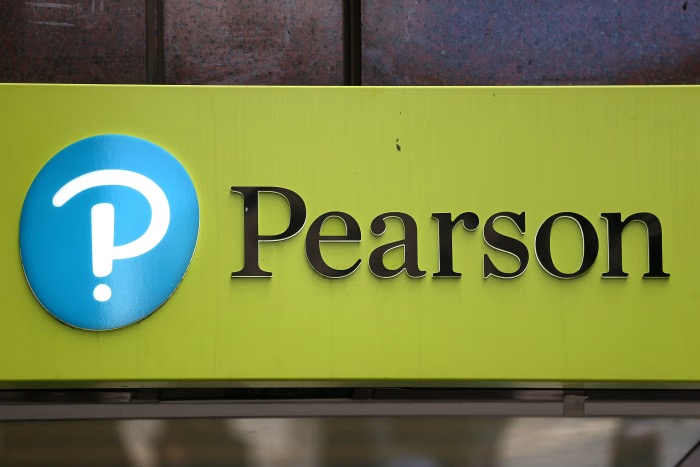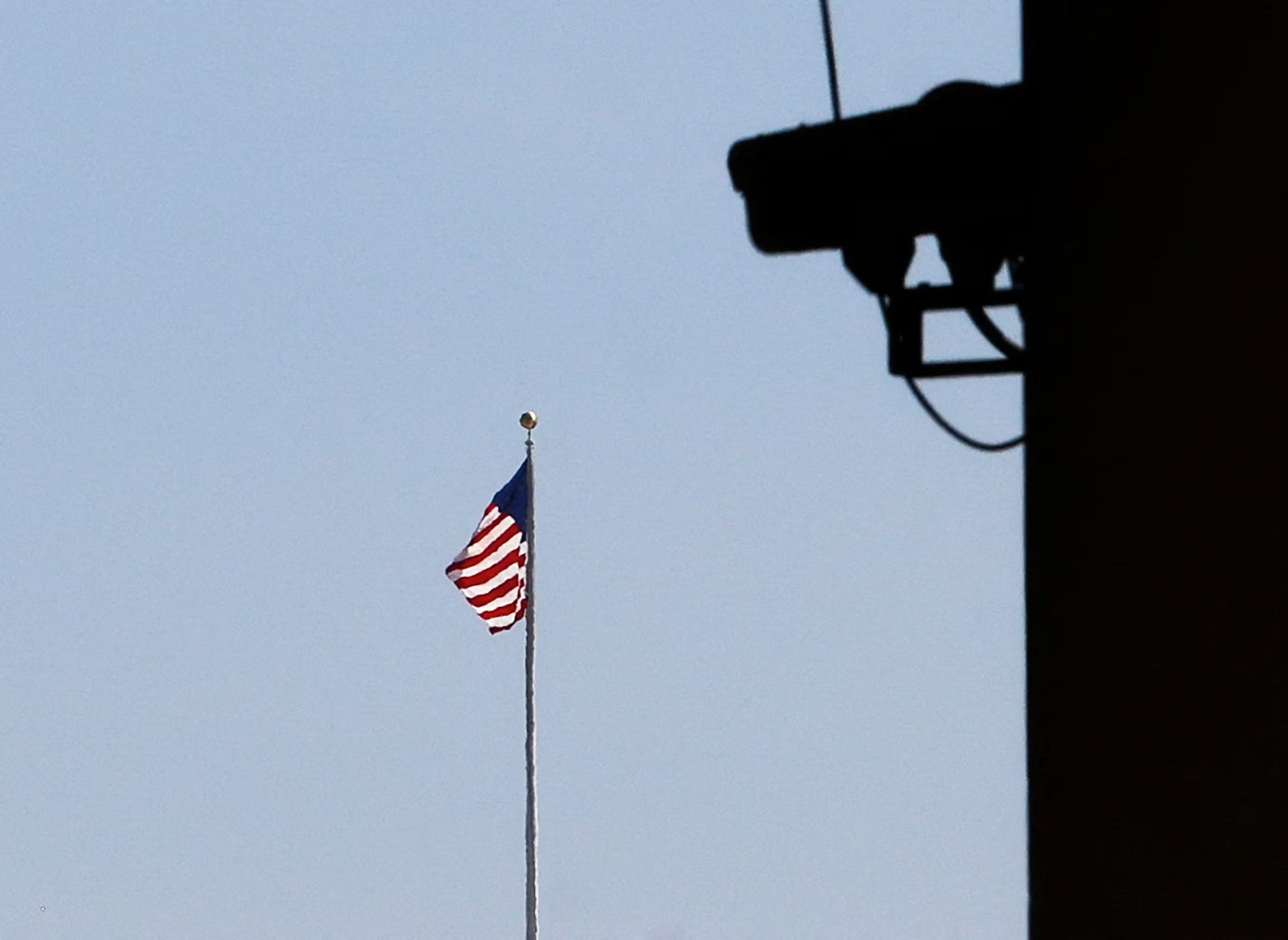Global education company Pearson has confirmed it was the target of a significant cyberattack that resulted in the exposure of sensitive customer data, including student information and school administrative credentials. The breach, which impacted a widely used platform within the education sector, has raised concerns over data security and transparency within large tech-driven educational providers.
The attack specifically targeted Pearson’s digital tools used by schools and universities, compromising records across thousands of institutions. The exposed data included names, birth dates, email addresses, and in some cases, login credentials associated with student and teacher accounts. The company has not yet disclosed the exact number of individuals affected, but estimates suggest that the breach could have impacted data from millions of student users.

Cybersecurity experts believe the attackers exploited a known vulnerability in Pearson’s system that had not been patched in time. While Pearson became aware of the vulnerability months before the breach occurred, it reportedly delayed in taking the necessary action to secure its platform. This failure to act swiftly has amplified criticism of the company’s cybersecurity practices.
In the wake of the breach, Pearson has faced backlash over its handling of the incident, particularly regarding how and when it informed customers and stakeholders. Critics argue that the company delayed disclosing the breach and initially downplayed the extent of the data that had been compromised. According to internal sources, some of the language used in public statements framed the threat as a “potential risk,” even though Pearson had already confirmed unauthorized access to personal data.
Legal and financial consequences are already emerging as a result of the incident. Pearson has faced regulatory scrutiny, and investigations are ongoing into whether the company violated any consumer protection or data privacy laws. Additionally, a class-action lawsuit has been filed by affected parties, alleging negligence and inadequate security measures to safeguard student data.

The breach has highlighted a broader issue in the education technology sector, where growing digital adoption is often not matched with sufficient investment in cybersecurity. Schools and educational institutions rely heavily on platforms like Pearson’s to manage student performance and academic records, making them attractive targets for cybercriminals. The exposure of minors’ data is particularly troubling, as young individuals are more vulnerable to identity theft and less likely to monitor their digital footprints.
Pearson has stated that it is working to strengthen its security systems and has begun notifying institutions and individuals potentially affected by the breach. The company also pledged to enhance transparency going forward, though many observers remain skeptical about the sufficiency of its response.
This incident serves as a stark reminder to educational providers, tech companies, and regulatory bodies of the importance of robust data protection policies. With the increasing digitalization of learning environments, ensuring the safety of sensitive information must be a top priority.
As the investigation continues and legal proceedings unfold, Pearson now faces the challenge of rebuilding trust with its clients, many of whom depend on its services for daily educational operations. The breach has not only compromised data but also shaken confidence in how such a major player in the education space handles the responsibility of protecting the privacy of students and educators alike.











